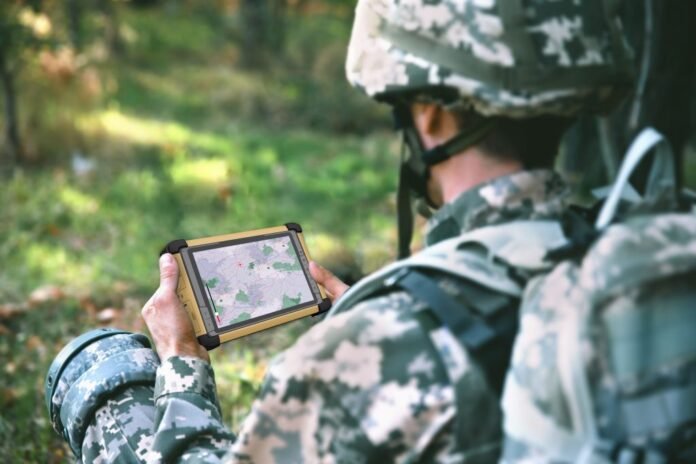Washington: By the end of the year some American special operations forces (SOF) will begin fielding new wearable tech designed to keep a real-time eye on their vitals as well as integrate with systems designed to warn command posts should the operator be exposed to dangerous gases or chemicals, according to an official with the SOF office dedicated to hazardous materials.
“We’ve been able to integrate with some of those sensors that warfighters are able to carry around and do that chemical sensing,” Steve Carrig, the product lead for strategic acquisitions at the Joint Programme Executive Office for Chemical, Biological, Radiological and Nuclear Defence’s (JPEO-CBRND) SOF office, said. “So you’re not only using the physiological market signs that you’re detecting, you know, heat, stress, fatigue, etc, but then you’re combining it with that environmental monitor as a separate data stream to really inform the subject matter experts that are there in a tactical environment to say, ‘I’ve got this sensor over here going off with this individual and their heart rates spiked. We’ve got to pay attention.’”
The device, which is currently in the prototyping stages and being developed by LifeLens Technologies, is part of what the Army calls the Wearable All-hazard Remote-monitoring Programme (WARP), led by the JPEO-CBRND. It’s the “first DOD-led physiological monitoring device to be fielded to the joint force,” the Army said in a release last month.
The device is made up of a small node packed with 25 tiny monitors that can be attached anywhere on the body with an adhesive, but usually is attached to the chest, Carrig explained. It also includes a “gateway,” which is a fob-sized device that generates “distributed sensor fusion” along with other computing capabilities.
Carrig said that data from the device can also connect with MRI Global’s data visualisation tools that combine the different data streams into a piece of software called a tactical awareness kit. The kit creates an interface that allows different end users and subject matter experts to see all of the data the LifeLens device is gathering into a wholistic picture which allows the end-user to operate “more efficiently,” he said.




